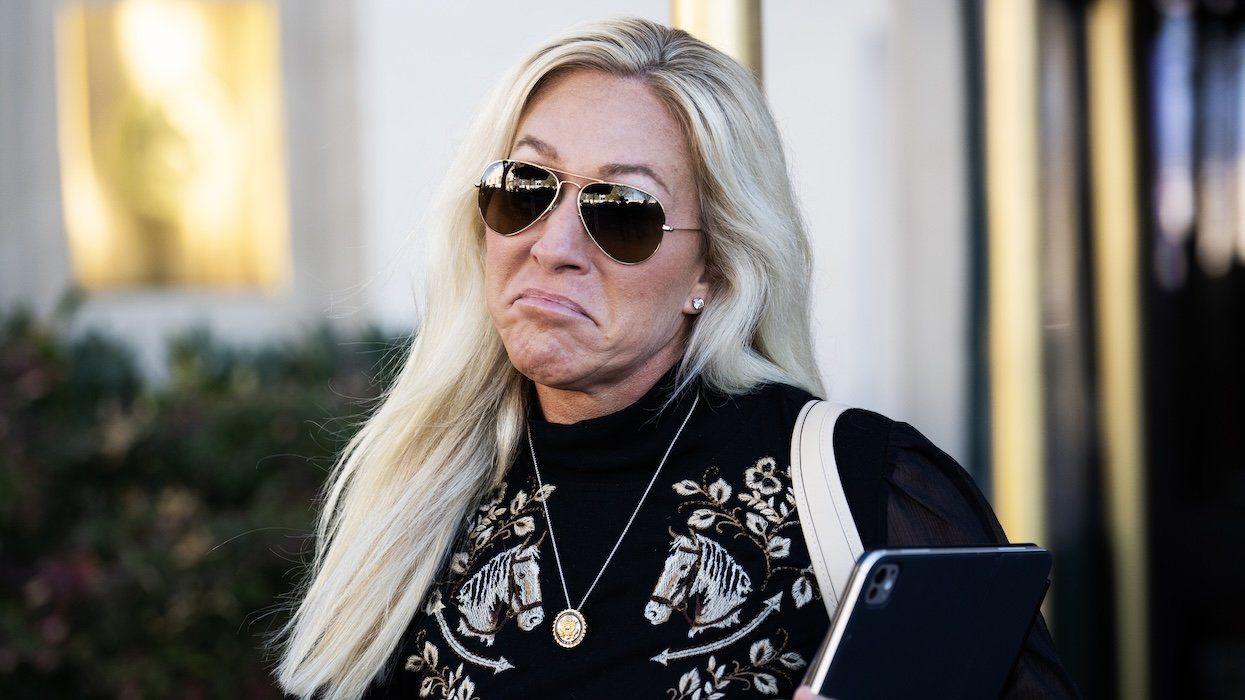CONTACTAbout UsCAREER OPPORTUNITIESADVERTISE WITH USPRIVACY POLICYPRIVACY PREFERENCESTERMS OF USELEGAL NOTICE
© 2025 Equal Entertainment LLC.
All Rights reserved
All Rights reserved
Scroll To Top 




















![]()
By continuing to use our site, you agree to our Privacy Policy and Terms of Use.
Self portrait, 1923
Romaine Brooks, born Beatrice Romaine Goddard (May 1, 1874 – December 7, 1970), was an American painter who worked mostly in Paris and Capri. The fortune she inherited from her mother allowed her to ignore social conventions and pursue affairs with Ballets Russes dancer Ida Rubenstein, writer and politician Gabriele D'Annunzio, and writer and salon host Natalie Barney, among the most notable.
She could also afford to go her own direction in her painting style. She avoided the then current trends of fauvism and cubism in favor of the style of the aesthetes, specifically James McNeil Whistler. She limited her palette to mostly shades of gray with tints of ocher and sepia, giving her work a soulful, wintry feeling.
Dismissed in her time, Brooks's work has increased in value and interest since the 1980s and the resurgence of figurative painting. Her work is also seen as a precursor to present day artists who explore gender and sexuality in their art.




















xtyfr
xtyfr
More Galleries
12 movies to watch if you loved ‘Red, White & Royal Blue’
October 27 2025 6:02 PM
LGBTQ+ History Month: 33 queer movies to watch on streaming
October 02 2025 9:02 AM
Drag Me to the Catskills: A weekend of camp and comedy in the woods
May 29 2025 8:30 PM
Boys! Boys! Boys! podcast: A new voice in queer culture
May 01 2025 5:03 PM
Cobblestones, castles, and culture: Your LGBTQ+ guide to Edinburgh
April 30 2025 12:44 PM
Christopher Harrity
Christopher Harrity is the Manager of Online Production for Here Media, parent company to The Advocate and Out. He enjoys assembling online features on artists and photographers, and you can often find him poring over the mouldering archives of the magazines.
Christopher Harrity is the Manager of Online Production for Here Media, parent company to The Advocate and Out. He enjoys assembling online features on artists and photographers, and you can often find him poring over the mouldering archives of the magazines.





